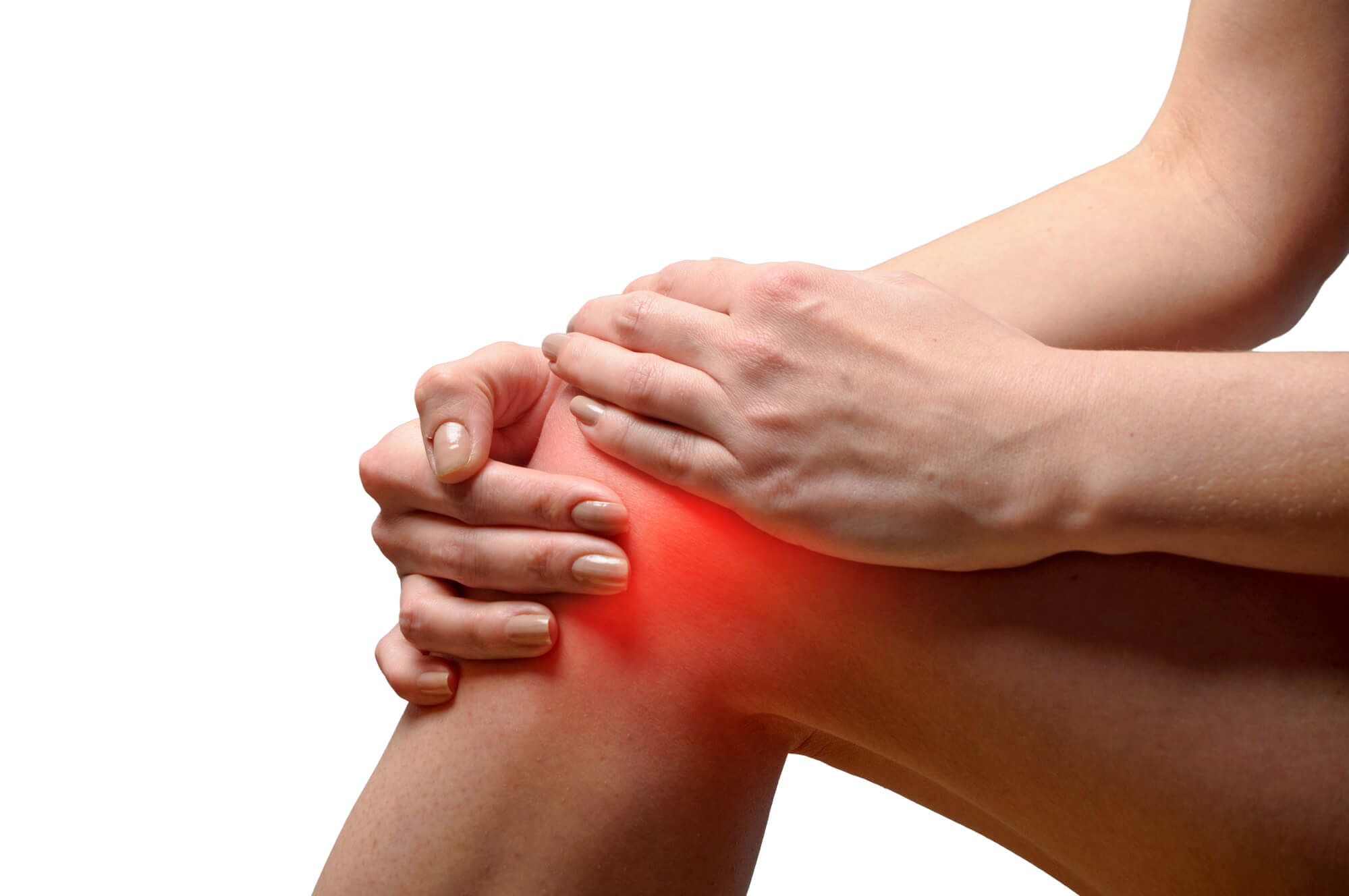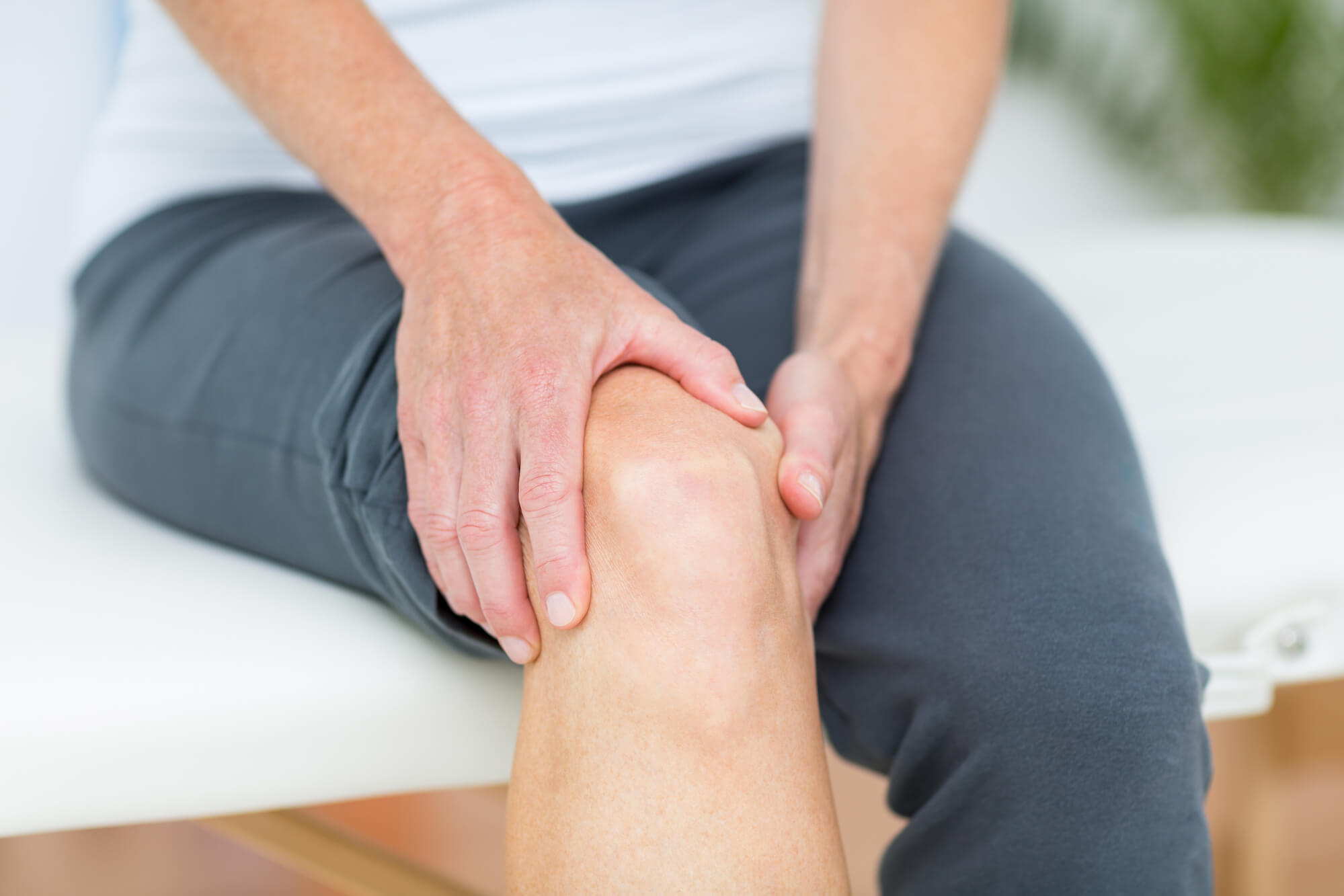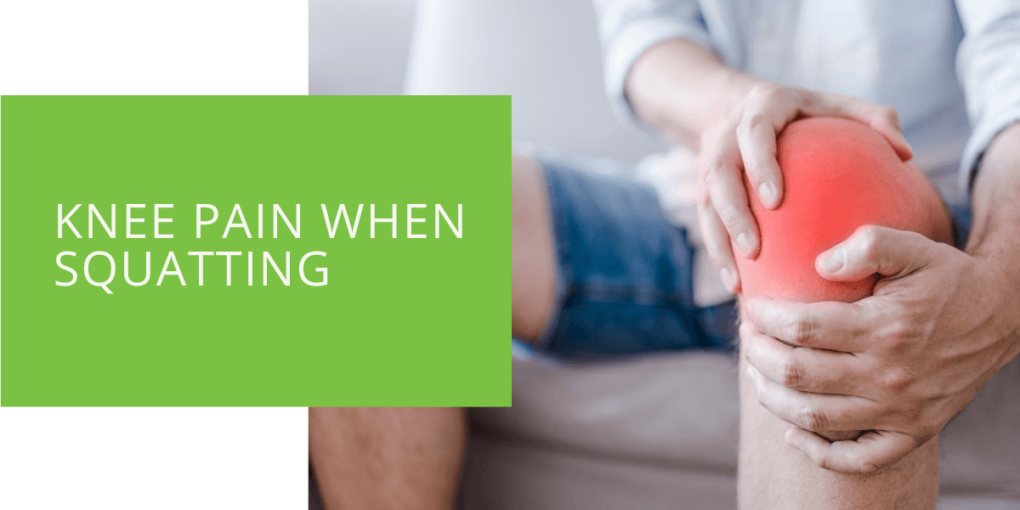Knee Pain When Squatting
Squatting is a fundamental exercise that targets multiple muscle groups, but experiencing knee pain during squats can be discouraging and hinder your fitness progress. This article will explore the common causes of knee pain when squatting, discuss effective prevention strategies, and outline various treatment options. Whether you're an athlete, fitness enthusiast, or experiencing knee discomfort, understanding and addressing knee pain is crucial for maintaining an active lifestyle.
Common Causes of Knee Pain When Squatting
Squatting may cause knee pain due to several factors. Identifying the root cause is important to develop an appropriate treatment plan. Let's take a closer look at the most common reasons:
Patellofemoral Pain Syndrome (PFPS)
PFPS, also known as runner's knee, is a prevalent condition characterized by pain around or behind the kneecap. It can be aggravated by activities such as squatting, running, or jumping. PFPS often occurs due to muscle imbalances, poor kneecap tracking, or overuse.
Overuse Injuries and Repetitive Strain
Engaging in repetitive activities without proper rest and recovery can lead to overuse injuries, including knee pain. The constant stress on the knees during squats can strain the tendons, ligaments, and muscles surrounding the knee joint. Common overuse injuries related to squatting include tendinitis and bursitis.
Incorrect Squatting Technique
Improper squatting techniques, such as excessive forward knee movement, inadequate depth, or poor alignment, can place excessive stress on the knee joint. This can lead to pain and discomfort. Maintaining proper form during squats is crucial to minimize the risk of injury.
Weakness or Imbalance in Muscles Surrounding the Knee
Muscle imbalances or weaknesses in the quadriceps, hamstrings, glutes, or calves can affect the stability and alignment of the knee joint during squats. When certain muscles are disproportionately weak or tight, it can lead to improper tracking of the kneecap and increased strain on the knee.
Pre-existing Conditions or Injuries
Individuals with pre-existing conditions like arthritis, ligament tears, or meniscus injuries may experience heightened knee pain when squatting. These conditions can make the knee joint more susceptible to discomfort and inflammation during exercise.

Prevention Strategies to Avoid Knee Pain When Squatting
Prevention is key when it comes to knee pain during squats. By implementing these strategies, you can minimize the risk of developing or exacerbating knee pain:
Proper Warm-up and Stretching Exercises
Before engaging in squats, it's essential to warm up your body and specifically target the muscles involved. Perform dynamic warm-up exercises that increase blood flow and mobility. Focus on stretching the quadriceps, hamstrings, and calves to improve flexibility and reduce strain on the knee joint.
Gradual Progression in Squatting Intensity and Volume
Avoid sudden increases in squatting intensity or volume, as it can overload the knee joint and lead to pain. Gradually progress by incrementally increasing weight, depth, or repetitions over time. This allows your body to adapt and strengthen the muscles without undue stress on the knees.
Maintaining Good Posture and Alignment During Squats
Proper posture and alignment play a crucial role in preventing knee pain. When squatting, keep your chest lifted, shoulders back, and spine neutral. Ensure your knees are aligned with your toes, avoiding excessive inward or outward movements. Engage your core muscles for stability throughout the movement.
Strengthening Exercises for the Lower Body, Including the Knees
Strengthening the muscles around the knees can provide better support and stability during squats. Include exercises that target the quadriceps, hamstrings, glutes, and calves in your fitness routine. Examples include leg presses, lunges, step-ups, and calf raises. Strengthening the surrounding muscles can help alleviate stress on the knee joint.
Using Appropriate Footwear and Supportive Equipment
Proper footwear that provides cushioning and stability prevents knee pain during squats. Opt for shoes specifically designed for weightlifting or cross-training, as they offer better support and minimize impact. Additionally, consider using knee sleeves or braces to provide additional support and compression to the knee joint.
Treatment Options for Knee Pain When Squatting
If you're already experiencing knee pain during squats, various treatment options are available to alleviate discomfort and promote healing. It's important to note that treatment may vary depending on the underlying cause and severity of your knee pain. Here are some common treatment options:
Rest and Initial Self-Care Measures
If you're experiencing acute knee pain, allowing your knees to rest and recover is crucial. Avoid activities that exacerbate the pain, including squats. Apply ice packs to reduce inflammation and swelling. Over-the-counter pain relievers, such as non-steroidal anti-inflammatory drugs (NSAIDs), can also help manage pain.
Physical Therapy and Targeted Exercises
A physical therapist can develop a tailored exercise program to address knee pain. They will focus on strengthening the muscles surrounding the knee, improving flexibility, and correcting imbalances. Physical therapy may include exercises, stretches, manual therapy, and other modalities to promote healing and restore optimal function.
Seeking Professional Medical Advice and Diagnosis
If knee pain persists or worsens despite self-care measures, it is advisable to seek medical advice from a podiatrist or orthopedic specialist. They will conduct a thorough examination, review your medical history, and may order imaging tests such as X-rays or MRI scans to assess the condition of your knee. A proper diagnosis is crucial for developing an effective treatment plan.
Potential Need for Imaging Tests or Diagnostic Procedures
In some cases, imaging tests or diagnostic procedures may be necessary to evaluate the extent of the knee injury or to identify underlying conditions. X-rays can help identify fractures or signs of arthritis, while MRI scans provide detailed images of soft tissues, including ligaments, tendons, and cartilage. These diagnostic tools assist in determining the most appropriate treatment approach.

Prevention and Management of Knee Pain for Squatters
Managing knee pain and preventing future discomfort is essential for individuals who regularly squats. Consider the following strategies to maintain knee health:
Importance of Identifying and Addressing the Root Cause of Knee Pain
Understanding the underlying cause of knee pain is essential for effective management. Whether it's muscle imbalances, poor technique, or pre-existing conditions, addressing the root cause can significantly reduce the risk of pain recurrence.
Modifying Squatting Technique to Minimize Stress on the Knees
Consulting with a fitness professional or physical therapist can help refine your squatting technique. Proper form, including maintaining alignment and distributing weight evenly, can minimize knee stress. They can guide correcting form issues and ensuring safe and effective squatting mechanics.
Incorporating Cross-training and Alternative Exercises to Reduce Strain
Diversify your fitness routine by incorporating cross-training and alternative exercises that reduce knee strain. Low-impact activities like swimming, cycling, or using an elliptical machine can help maintain cardiovascular fitness without excessive stress on the knee joints. Strength-training exercises targeting other muscle groups can also provide a well-rounded workout while giving your knees a break.
Listening to the Body's Signals and Avoiding Overexertion
Attention to your body's signals and avoid overexertion to prevent knee pain. Listening to any discomfort or pain signals during and after squats is important. If you experience knee pain, it's essential to rest and allow your knees to recover before resuming exercise. Pushing through pain can exacerbate the problem and lead to further injury. Remember, taking a break and healing is better than risking long-term damage.
Developing a Long-Term Plan for Knee Health and Injury Prevention
Taking a proactive approach to knee health is crucial for long-term well-being. Here are some additional strategies to consider:
- Incorporate regular flexibility and mobility exercises into your fitness routine. This can include stretching exercises for the quadriceps, hamstrings, and calves, foam rolling, or using a massage ball to release tension in the muscles surrounding the knee.
- Gradually increase the intensity and volume of your workouts to allow your body to adapt over time. Avoid sudden changes that may put excessive stress on your knees.
- Listen to your body and take breaks when needed. Rest and recovery are just as important as the exercise itself.
- Maintain a healthy weight to reduce the load on your knees. Excess weight can increase the strain on the knee joints during squats and other weight-bearing exercises.
- Consider working with a qualified fitness professional or a physical therapist who can provide guidance on proper form, technique, and exercise selection tailored to your specific needs and goals.
When to Seek Medical Attention
While self-care measures and preventive strategies are often effective in managing knee pain during squats, there are instances where seeking professional medical attention is necessary. If you experience any of the following, it is important to consult a podiatrist or healthcare professional:
- Severe or persistent knee pain that does not improve with rest and self-care measures.
- Inability to bear weight on the affected knee.
- Swelling, redness, or warmth around the knee joint.
- Joint instability or a sensation of the knee "giving way."
- Any signs of infection, such as fever or increased redness and swelling.
Professional diagnosis and personalized treatment are crucial for identifying underlying conditions, ruling out serious injuries, and developing an appropriate recovery plan.
Conclusion
Knee pain when squatting can be a frustrating obstacle on your fitness journey. You can effectively manage and overcome knee pain by understanding the common causes, implementing preventive strategies, and seeking appropriate treatment when needed. Remember to prioritize proper form, gradual progression, and listening to your body's signals. Maintaining knee health is essential for a pain-free and enjoyable squatting experience. Consult a healthcare professional for personalized guidance and support on your path to strong, healthy knees.
By following these guidelines and incorporating preventive measures into your fitness routine, you can minimize the risk of knee pain when squatting, allowing you to focus on achieving your fitness goals with confidence.
Remember, your knee health is vital, so prioritize it and take proactive steps to continue enjoying the benefits of squats and a physically active lifestyle.
Key Takeaways
- Understand the common causes of knee pain when squatting, such as Patellofemoral Pain Syndrome (PFPS), incorrect technique, muscle weaknesses, and pre-existing conditions.
- Implement preventive strategies like proper warm-up, gradual progression, and strengthening exercises to avoid knee pain during squats.
- Seek professional medical attention when necessary, and develop a long-term plan for knee health to prevent future discomfort and injuries.

